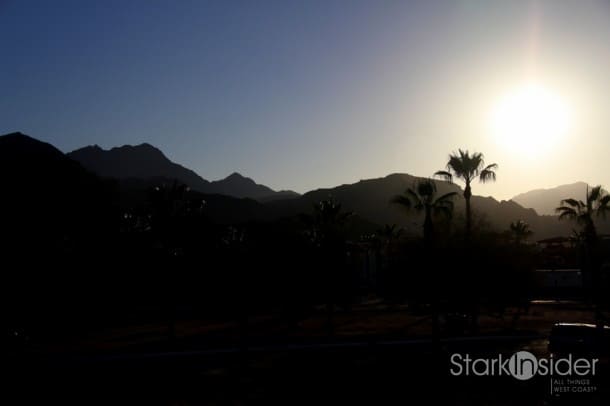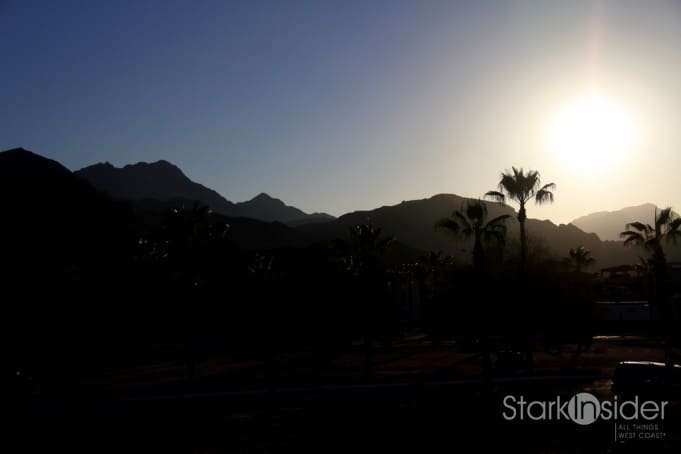 GPS, Google Maps, this time I had gone all out. We were out of the country with no cell service, so I actually printed out the directions. On paper. But even the most reliable navigation strategies can go haywire at times.
GPS, Google Maps, this time I had gone all out. We were out of the country with no cell service, so I actually printed out the directions. On paper. But even the most reliable navigation strategies can go haywire at times.
Both at home and away, using a variety of Internet-based options for finding our destinations, we can easily miss opportunities to ask local strangers for help while we’re out and about. Couple that with the male-species-aversion to asking for directions (so as not to suffer the humiliation of admitting he might be lost), and you realize that it’s possible to take a vacation without ever rolling down your car window and asking for directions. As in, “Excuse me? Can you tell me where (Danzante) is?”
Several years ago, we took a vacation with ample opportunities for the directions-challenged. My husband had reserved a few nights at Danzante, a secluded eco-resort on the isolated Baja Peninsula. Because it was so remote, the reservationist advised us to take a taxi from the airport, about a 25-minute drive. Oh no, we said with our cocky independent spirit, we are fully capable of finding our way. Let’s arrange for a rental car.
At three in the afternoon, our plane lands at the open-air palapa-covered airport in Loreto, Baja. We make our way through immigration and customs, and head for the Budget rental desk, bypassing the taxi driver who is herding Danzante guests for transportation to the resort. Before long we are loading our luggage into the trunk of our own economy-sized car.
About five kilometers south of the airport, we notice the gas tank is only ¼ full, so we turn around and head back to the town of Loreto to fill up. On our way, I pull out the sheaf of papers I had printed with every detail about Danzante – but my heart sinks as I realize the page with directions are nowhere to be found. Here I am, the most organized person I know, and as I start to feel a little frantic, all I can remember are a few snippets of information: left side…dirt road…school with a colorful car-tire fence…burro tied up in front…
No problem, I tell my travel partner, I’m sure we’ll be able to find it. We head south. On a narrow highway with no shoulder. Yet we see none of the hints that would indicate we’re heading in the right direction. The sun is setting, and we continue south. On a narrow highway in an unfamiliar country. In the dark.
Somehow I manage to keep breathing while simultaneously holding my breath. I resist the urge to give any advice. He resists the urge to assign blame. We keep driving. By this point, the stress is so thick that the car is on the verge of imploding.
At a certain point, it’s reasonable to think we have gone too far, so we make a silent agreement to turn around. On a two-lane highway with no shoulder, it’s a long wait before there’s a safe spot for doing such a thing.
Dark thoughts are swirling in our heads about stupid Americans ransacked and murdered in the desert.
Nearly an hour into our adventure we see a super-mini market by the side of the road. I, the Spanish speaker of the family, walk into the store and ask “Donde está Danzante?” A policeman with his grandson in tow tells me to follow his truck, he will show us. In the pitch black, we vaguely make out a row of tires skirting a low school building. We continue down the dirt road through the bone-dry arroyo, at which point the policeman waves us to go right, and turns around.
Okay, we think, we must be close. We approach a row of dimly lit shacks with families sitting out front. We stop, roll down the window, and ask, “Donde está Danzante?” A young man points. We drive. Until we realize (“Holy Crap!”) we are STUCK. When we climb out of the car, our feet hit sand and it occurs to us that we have driven right onto the beach. Danzante, by the way, is not only the name of our hotel; it is also the name of a nearby island. We had indeed received the directions we had requested.
No problem, we think, we’ll use the skills we learned from juggling cars out of snow banks in Lake Tahoe, and we’ll free ourselves from the sand. It takes a little time but it works. We turn around, return to the village. Realizing my previous mistake, I ask, “Donde está Hotel Danzante?”
This time, another young man tells us to follow his car and he will take us there. Along the narrow dirt road, we see nothing but desert and darkness. Our fear is out of control, seems to be making the car shake. Dark thoughts are swirling in our heads about stupid Americans ransacked and murdered in the desert. Determined (and lost), vulnerable enough to ask for help, we’re at the mercy of strangers. Outside the comfort of our mother country and our mother tongue, distrust and fear take over.
We silently follow our young leader and fifteen minutes later, we exhale with relief to see the gate of Danzante Resort. Grateful beyond belief, I give the young man a few bills, probably more than he makes in a week.
In the pitch black we search for our equilibrium and our flashlight, and realize how much energy we have just spent finding our way to our vacation destination. Looking back, perhaps the most important items a traveler needs to pack are trust and the willingness to ask others for help. Whenever I’ve lost my way, I’m reassured if I can connect with someone who knows the lay of the land. In Baja, even in the smallest village—as in many other places in the world—whenever you ask, locals are more than happy to show you the way. All you have to do is ask trust.


